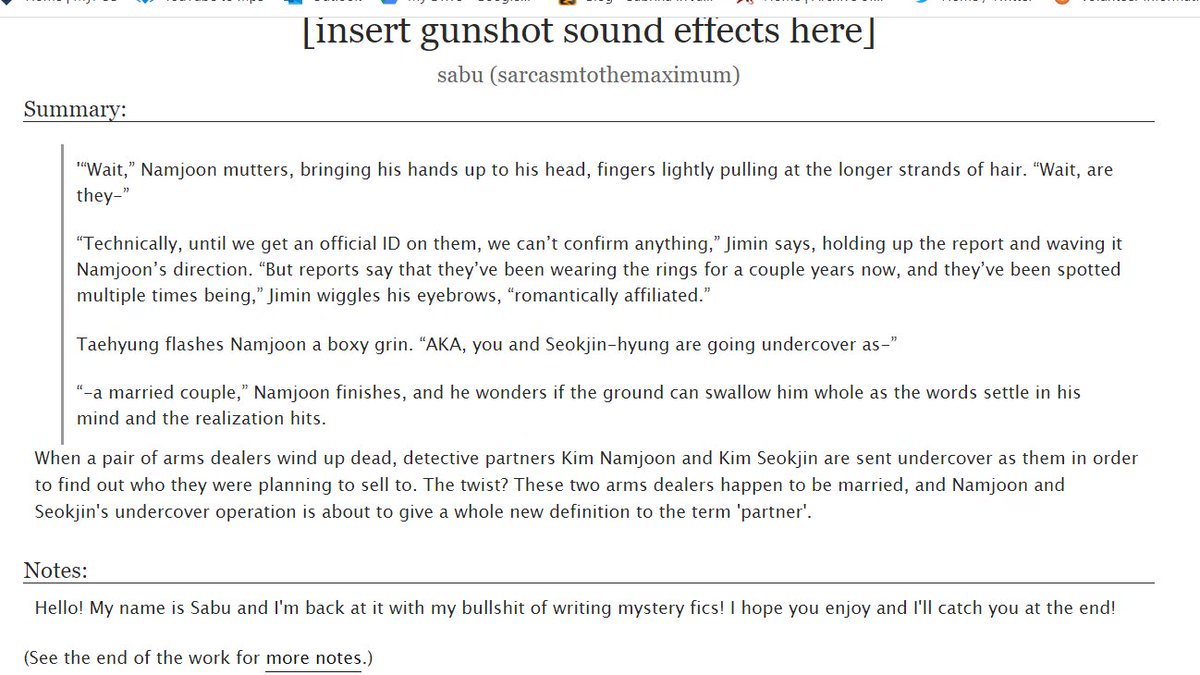
The writing, and thus the reader’s experience of events, conforms to Fletch’s experience: the attempt to right himself interrupted by sudden acts of violence. The edge of the parade route’s pavement shot out from under him.Ī foot came up from the pavement and kicked him in the face. Instead of looking who had pushed him, Fletch tried to save himself from falling. Mcdonald mimics this experience for the reader by having longer passages between the single sentences of violence: In Gregory Mcdonald’s Carioca Fletch, the protagonist attempts to get his bearings as he is set upon by unseen assailants. That’s not to say that you have to suddenly adopt the first person. Of the action, and to do that they need to experience the fight through a The key is to thrust the reader into the thick

Hovering around the fight describing the actions of both characters limits how 3.Įxcitement when you describe something objectively. Of course, pacing works best when it’s combined with perspective. Clarity is important in many areas of writing, and it’s not something to wish away in a fight, but the energy of a fight scene is more important than its details, and that comes from pace. This ‘new line’ technique is pretty cheesy – it works for Goldman because his story is a deliberate homage to adventure yarns – but short, to-the-point sentences are a must for any fight scene. Passage, Goldman starts a new line, making the reader encounter each attack as

Every time a new person takes an action in this Inigo continued to retreat the man in black continued advancing.Įquivalent of a sudden move. The cliffs were very close behind him now. In The Princess Bride, William Goldman writes a brilliant sword fight, and perhaps the most enjoyable fight scene ever put to paper: Fights happen quickly and your description needs to match that. Short, simple sentences keep the reader on their toes. Intensifying the pace of your writing can communicate the immediacy and suddenness of conflict. So, if you’re not describing what your characters are doing, how do you communicate the action? 2.

Counter as it is to a writer’s instincts, ‘they struggled’ paints a far more vivid picture than describing the exact position of each combatant’s arms. Instead, let them know the outline of the fight and they’ll imagine the rest. This fight feels slow, and that feeling is paramount – if your reader is instinctively bored by a fight, you can’t convince them it was exciting by describing more of it.
#Writing the sound of a gunshot series#
This might be exactly what you imagine happening, but the excessive stage direction stretches the moment out, turning a frenzied series of blows into a dissection of body language and intent. Turning ninety degrees to the side, he brought his right forearm up to counter the blow, formed a fist with his left, and threw it at my outstretched jaw. I stepped back, balancing my weight on my left foot, and threw my right fist out in a curved punch at his temple. A lot of poorly written fight scenes read like this: While describing a fight scene is a great way to paint an accurate picture, it’s not a great way to communicate a compelling experience.

Let the reader choreograph your fight scene.


 0 kommentar(er)
0 kommentar(er)
